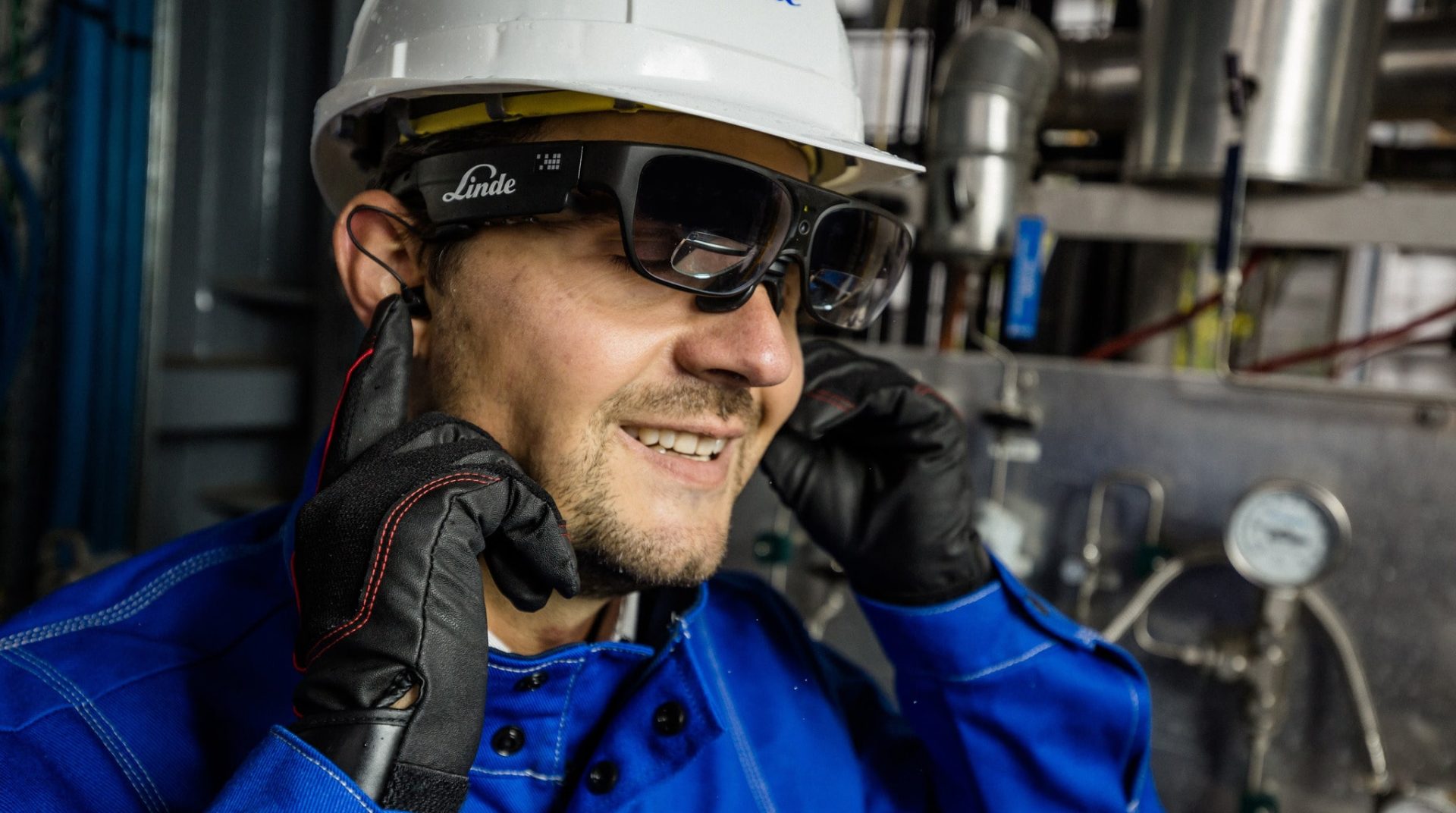
February 17, 2022
Augmented reality – a new opportunity for businesses
Linde Engineering team is known for seeking and exploring the newest technologies and attempting to identify their potential in the oil and gas industry. Although augmented reality (AR) isn’t a new concept, its development is still in its early stages, which is why we’ve decided to talk about it in this blog. In fact, you’ve probably had dealings with AR without even knowing it. Find out what makes augmented reality different from virtual reality, how you can implement it, its advantages and disadvantages, and much more.
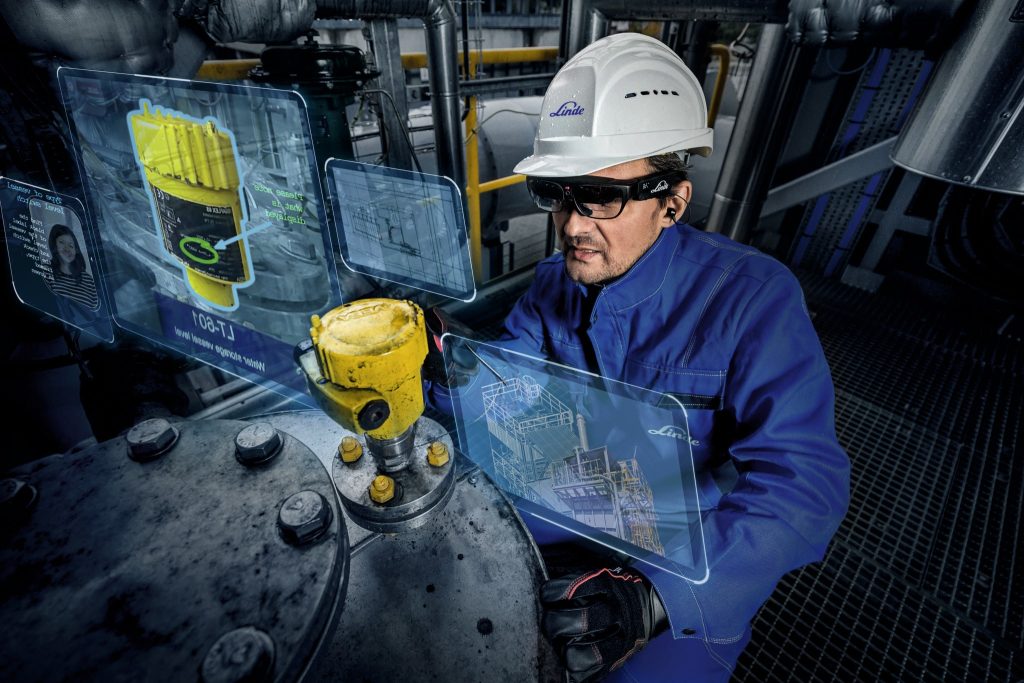
What is augmented reality?
As Google defines it: “Augmented reality overlays digital content and information onto the physical world — as if they’re actually there with you, in your own space.” It helps us place 3D virtual objects in our space, and when it comes to the oil and gas industry, it can even improve the way we carry out industrial plant revamps. Our previous blog explained this topic in more depth, so feel free to check that out.
Thankfully, the market has spotted its great potential, which is why augmented reality is developing rapidly today, and it all started with a mobile game. We are, of course, talking about Pokémon GO – an AR-based game released in the summer of 2016. A game that changed the lives of millions of players and focused everyone’s attention on augmented reality. Pokémon Go made it popular, but what really contributed to the success of augmented reality? Well, technological improvements surely played a role in its popularity, meaning the devices people own today are powerful enough to run both the tracking system and AR software. Our phones and tablets can, in some cases, replace AR glasses and expensive rigs. Furthermore, the quality of AR has certainly gone up a notch, so the overlapping virtual objects look just flawless in the physical environment, and the interaction with these objects is convincing and pretty realistic too. Last but not least is the value AR brings compared to the other available technologies on the market. We will explain more about that a bit further on.
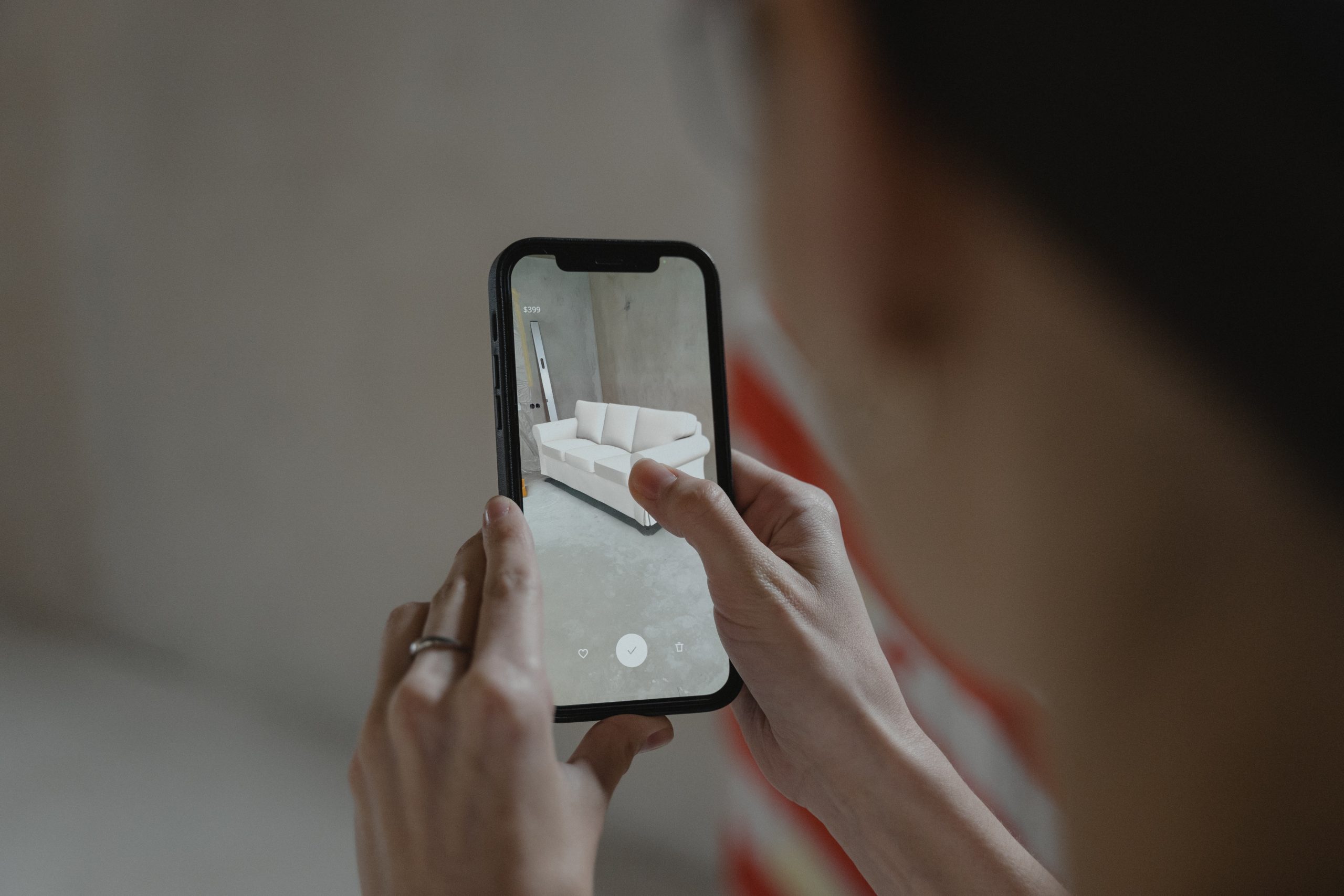
So how does it work?
The idea of merging reality and a virtual world sounds quite futuristic, but to fully experience augmented reality, a few essential components are needed:
- a camera
- sensors
- computer vision
- a display.
Cameras and sensors are used to gather information about the real environment onto which a 3D virtual object is superimposed, while computer vision processes this information. The display is there to present a virtual object set within reality (the physical world) so the viewer sees it as if it were really there. Today, these elements are embedded by default into our phones and tablets, while AR glasses are built for this sole purpose.
And that’s all there is to it. No rigs or expensive hardware, cables, or sensors placed around the room are needed to implement AR into a business. But if it’s that simple, why aren’t we all using it more?
Advantages and disadvantages of augmented reality
When considering AR in an industrial context, here are its six biggest advantages:
- An enhanced level of engagement and interaction result in a better user experience.
- Training can be carried out on-site as the required steps, and explanations, are displayed to the operator in real-time.
- Practicing dangerous operations can be significantly safer in AR, since the use of guided operations means incidents are less likely to occur.
- AR also enhances the value perception of products and brands.
- With AR, detailed analytics is easily accessible, so forward-thinking brands can easily adjust their marketing strategies.
- AR is an inexpensive substitute for other platforms, as no hardware needs to be purchased. This technology is the most economical, yet still incredibly beneficial, option for businesses compared to other technologies.
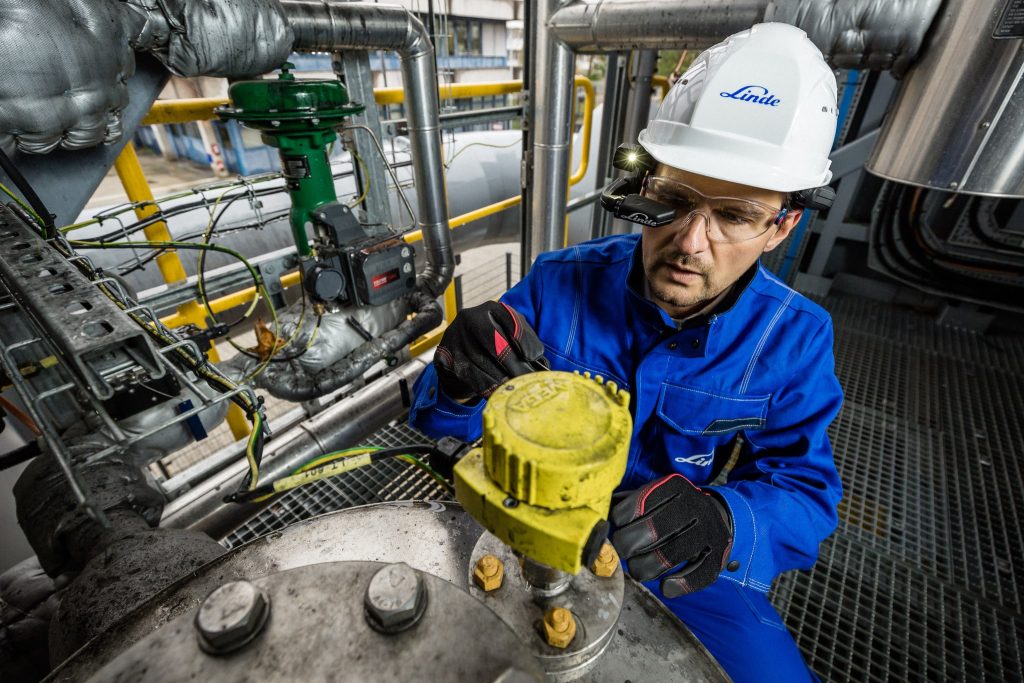
Disadvantages are dispensed with by responsible and adequate use of AR. With that in mind, let’s see what are considered the most common disadvantages of this revolutionary technology:
- Just as with virtual reality, augmented reality can cause addiction problems due to its immersive characteristics.
- As highly flammable materials are used in some areas of industrial plants, AR or any other non-ATEX-certified equipment should not be used. This is why AR devices simply aren’t suitable for all plant areas.
- With AR, safety can potentially become an issue – but only because users may become less aware of their surroundings if their eyes are locked on a screen. Once this is understood, safety must also be considered when using AR via a phone or a tablet. AR glasses, however, get rid of this problem, pretty much as if you were using a regular pair of glasses; your vision and senses still remain alert.
Hardware requirements
As previously explained, AR can run on both phones and tablets, so there is no need to purchase any other device. This is why we won’t be going into technical specs; nevertheless, there is a simple way to determine whether your device supports AR or not.
- iPhones and iPads from SE and newer can support AR;
- Android devices running on Android 7.0 Nougat or more recent can also support it.
For some enthusiasts, however, phones and tablets are just not enough. That’s why AR glasses are available for a complete experience. They haven’t been around for too long, as AR hardware only started to develop in 2016, when Pokémon GO got released. As time went on, however, more and more companies entered the market, e.g., Lenovo, Magic Leap, Oculus, Google Raptor and more. Stand-alone AR glasses like Microsoft HoloLens 2 (released in 2019) and Magic Leap 1 (released in 2018) continue to hold a high price, but the price is fair considering their specs. With a high refresh rate (60Hz for HoloLens 2 and 122Hz for Magic Leap 1), 6DoF tracking type, great field of view and resolution for both devices, they incorporate everything you need for a professional AR experience. The market is also super-excited about the launch of Magic Leap 2. Announced in February, we might have to wait a little bit longer to see the exact specs.
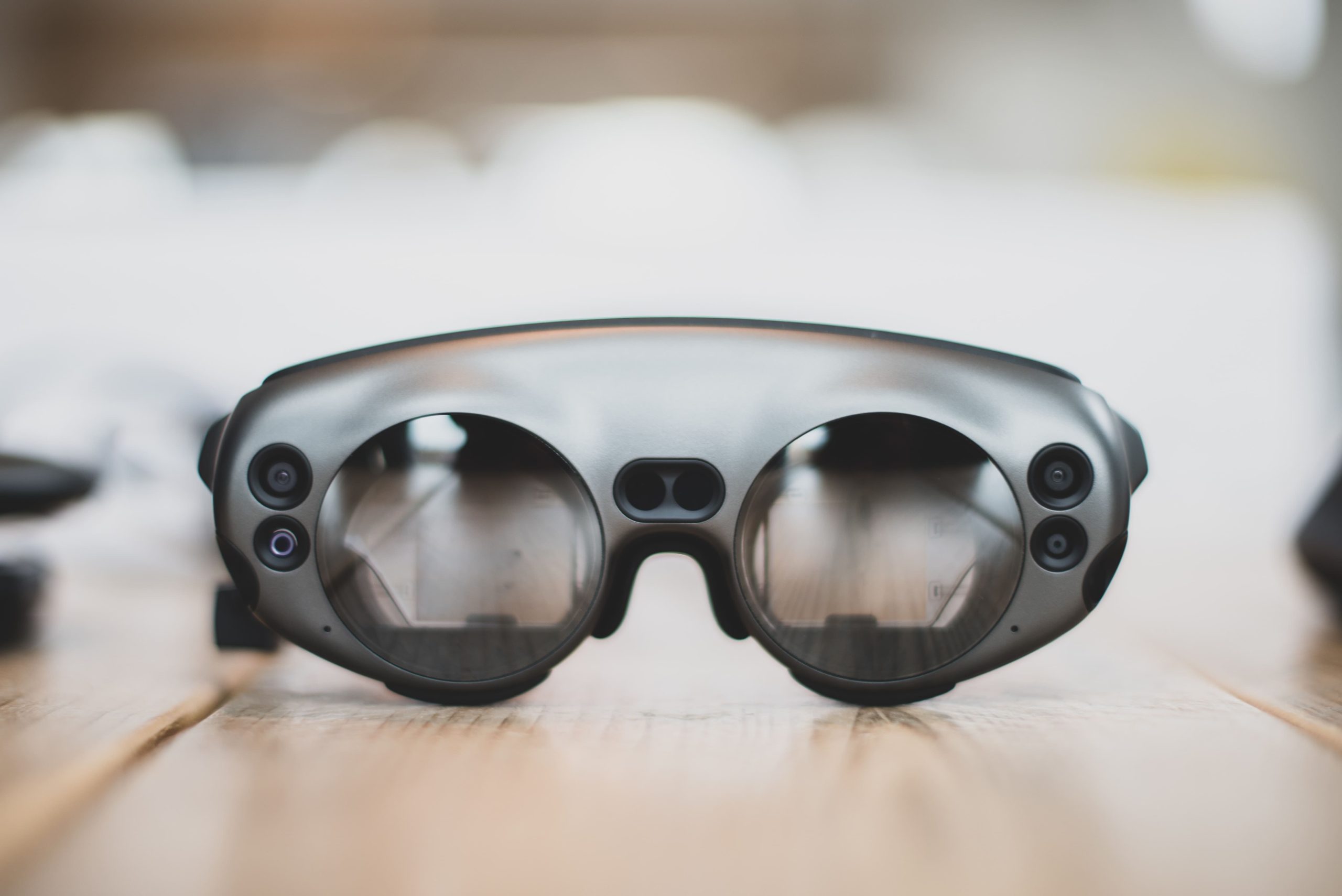
Conclusion
Augmented reality continues to develop at a rapid pace and yet still has a lot more to offer. So far, we’ve seen it applied to medical training, maintenance and repair, tourism, logistics, design and modeling, retail, education, safety and entertainment. Our previous blog briefly spoke about the use cases of AR in other industries, but we will no doubt write more about this topic going forward.
Overall, augmented reality brings a fresh new opportunity for businesses. There is no need to invest in expensive hardware, and the obvious benefits represent a great opportunity for forward-looking companies. With new hardware and improved software development, augmented reality could easily become an intrinsic part of our daily lives within ten years. Are you excited about witnessing it reach its full potential?



